Understanding the Cost Factors of Steel Trusses
Steel trusses are widely used in construction projects, offering structural stability, strength, and versatility. If you're considering incorporating steel trusses into your building project, it's essential to understand the factors that influence their cost. In this article, we will explore the various elements that determine the cost of steel trusses and provide you with insights to make informed decisions.
1. Truss Design and Complexity
The design and complexity of the steel truss play a significant role in determining its cost. The more intricate the truss design, involving complex geometries or specialized connections, the higher the fabrication costs are likely to be. Customized designs may require additional engineering expertise, resulting in increased costs compared to standard truss designs.
2. Span Length and Size
The span length and size of the steel truss directly impact its cost. Longer spans and larger truss sizes generally require more materials, increased fabrication time, and specialized equipment for handling and installation. These factors contribute to higher costs compared to shorter spans and smaller trusses.
3. Steel Material and Grade
The type and grade of steel used in the truss construction influence the cost. Different steel grades offer varying strength and durability characteristics, and their prices can vary accordingly. High-strength steel grades, such as ASTM A992 or A572, are often used for structural applications, but they may come at a higher cost than lower-grade steels.

4. Fabrication and Manufacturing
See also:Construction & Real Estate
Applications and Uses of Geocell in Civil Engineering
Non Woven Geotextile vs. Woven Geotextile: A Comparison
LVL Scaffolding Plank: The Ultimate Solution for Sturdy and Efficient Construction Work
Features and Advantages of Welded Gabion Wire Mesh
Advantages and Disadvantages of PVC Water Supply Pipes
Enhancing Tile Adhesive Performance with HPMC: Key Considerations and Applications
The fabrication and manufacturing processes involved in producing steel trusses also contribute to their overall cost. Factors such as welding complexity, surface finishes, additional treatments (e.g., galvanizing or painting), and the labor required for assembly and quality control affect the final price. Additionally, if the trusses need to be transported long distances, shipping costs may be a consideration.
5. Site-specific Considerations
Site-specific factors can impact the cost of steel trusses. These factors include the location of the construction site, accessibility, local building codes and regulations, labor costs, and market conditions. It's important to account for these variables when estimating the overall cost of incorporating steel trusses into your project.
6. Quantity and Supplier
The quantity of steel trusses needed and the choice of supplier also influence the cost. Ordering a larger quantity of trusses may result in volume discounts from suppliers. Additionally, selecting a reputable supplier with a track record of delivering quality products can impact the cost due to variations in pricing and service levels across different steel trusses suppliers.
Conclusion
The cost of steel trusses is influenced by several factors, including the truss design and complexity, span length and size, steel material and grade, fabrication and manufacturing processes, site-specific considerations, quantity, and supplier choice. It's crucial to work closely with experienced professionals, such as structural engineers and steel fabricators, to evaluate these factors and obtain accurate cost estimates for your specific project requirements.
What is the difference between rubber and foam rubber?
Laminated Bridge Bearings: Enhancing Safety and Structural Performance
An Overview of Agricultural Water Storage Tanks
Galvanized Corrugated Steel Plate: Features and Applications
Advantages of Hot-Dip Galvanized W-Beam Guardrails
Why You Need a Corrugated Steel Pipe?
Advantages of HDPE Ground Protection Mats
200
0
0
All Comments (0)
Previous: What is the difference between rubber and foam rubber?
Next: Enhancing Tile Adhesive Performance with HPMC: Key Considerations and Applications
Related Articles
If you are interested in sending in a Guest Blogger Submission,welcome to write for us!



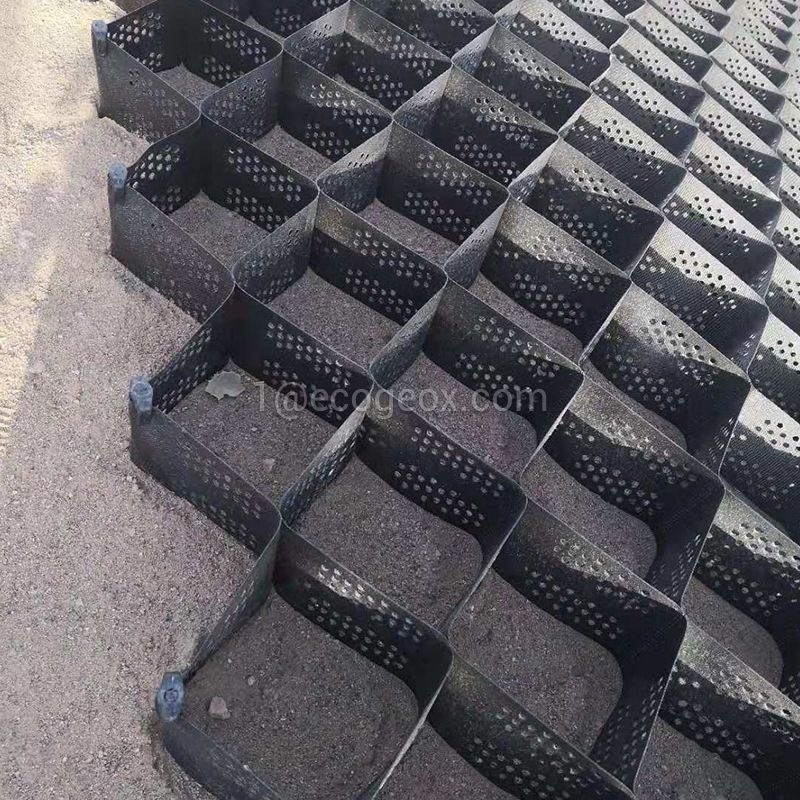
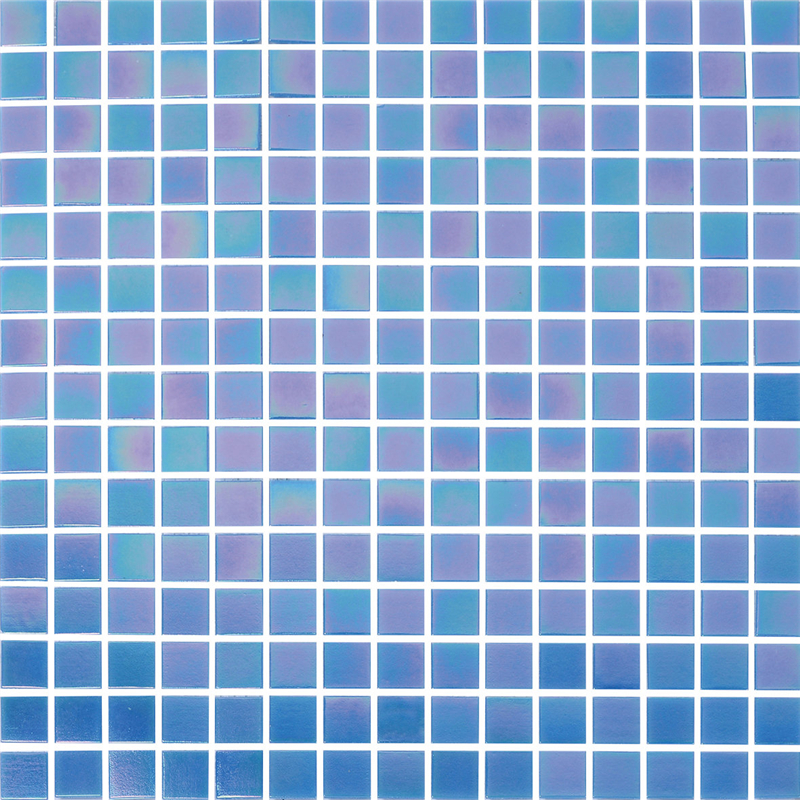
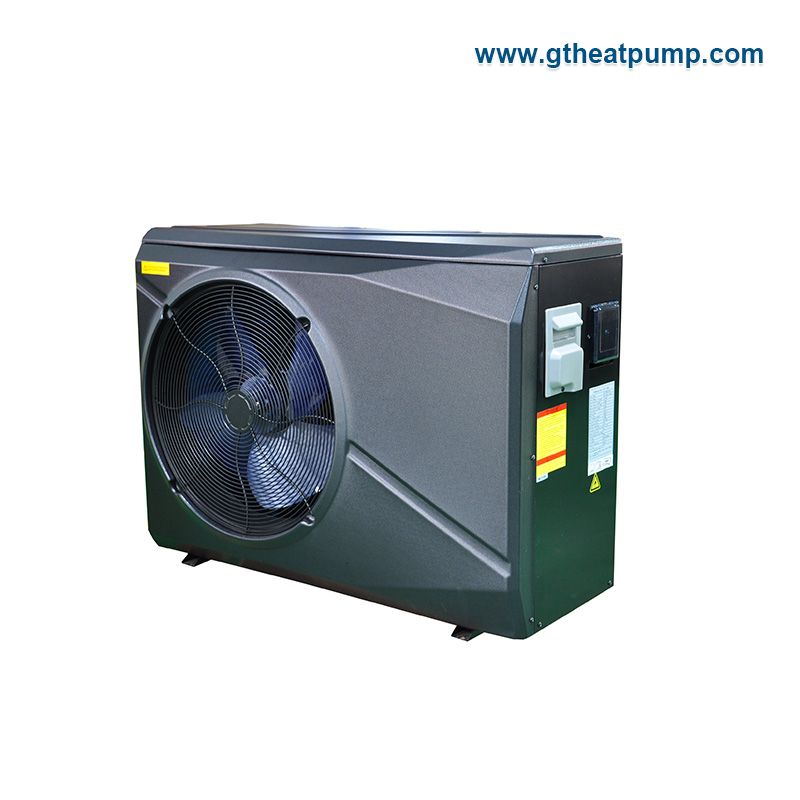
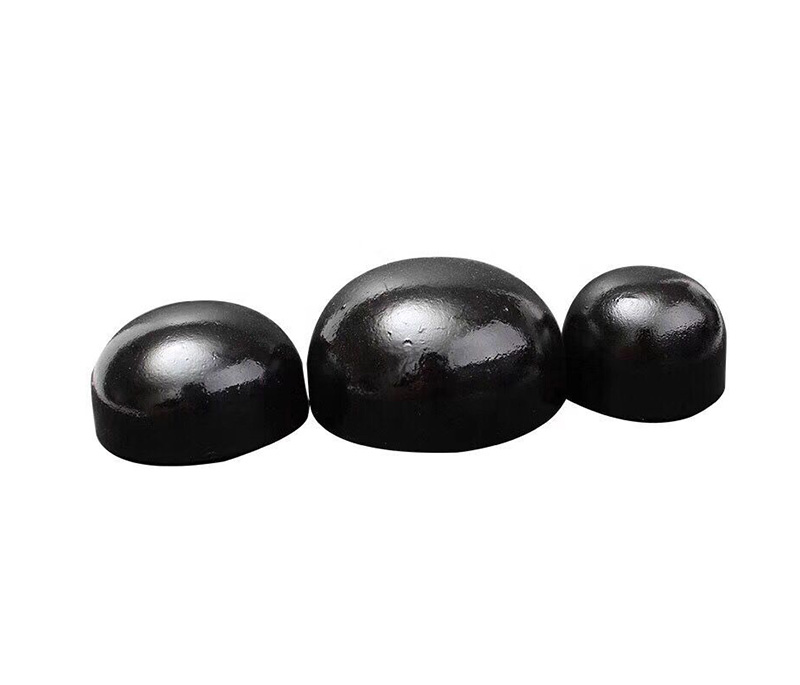
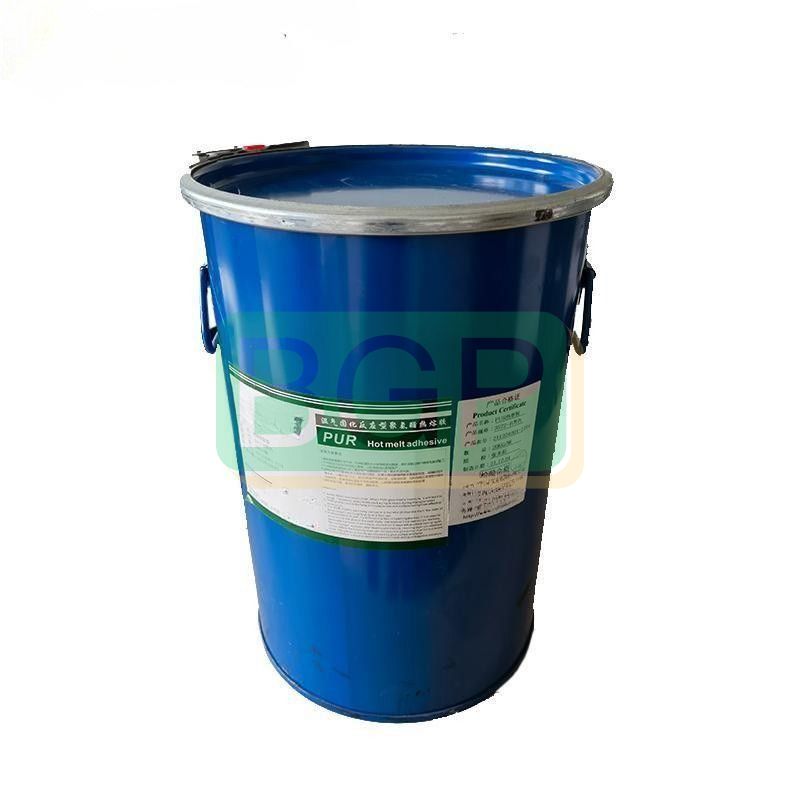
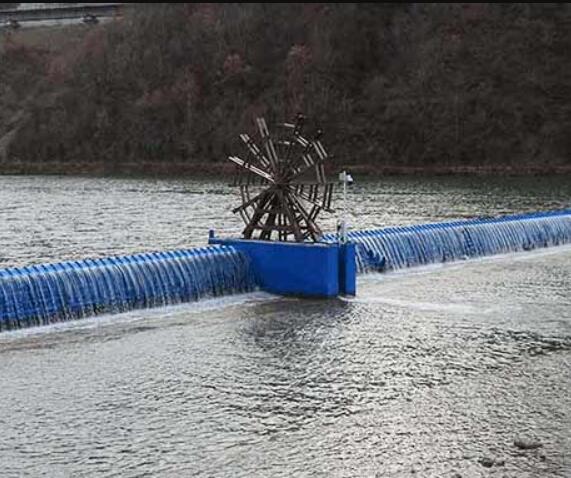
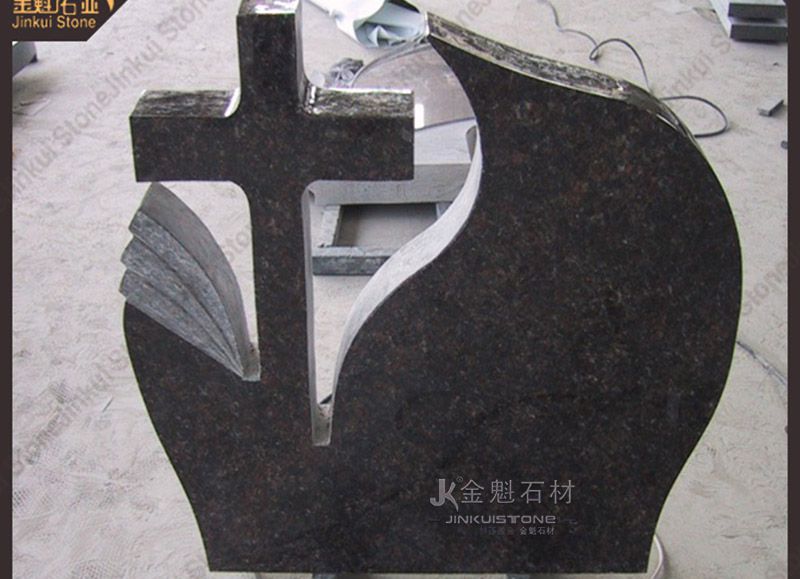


Comments